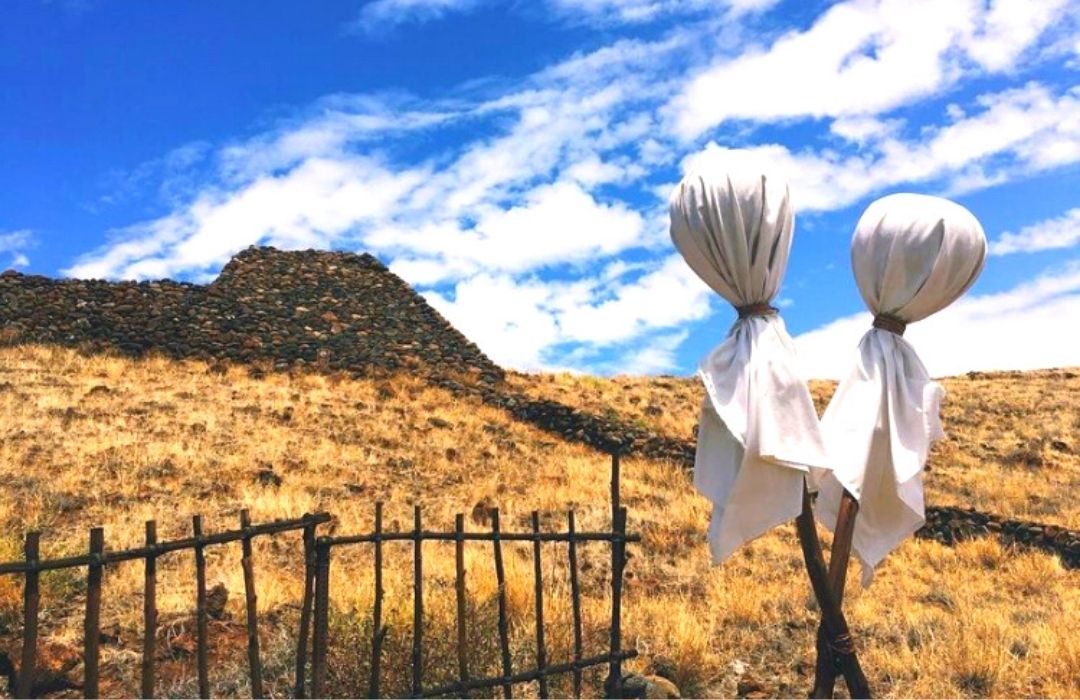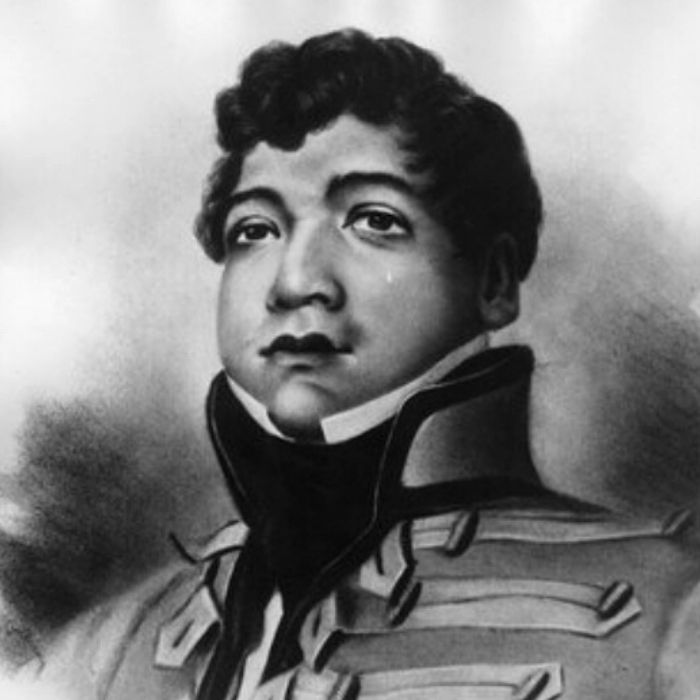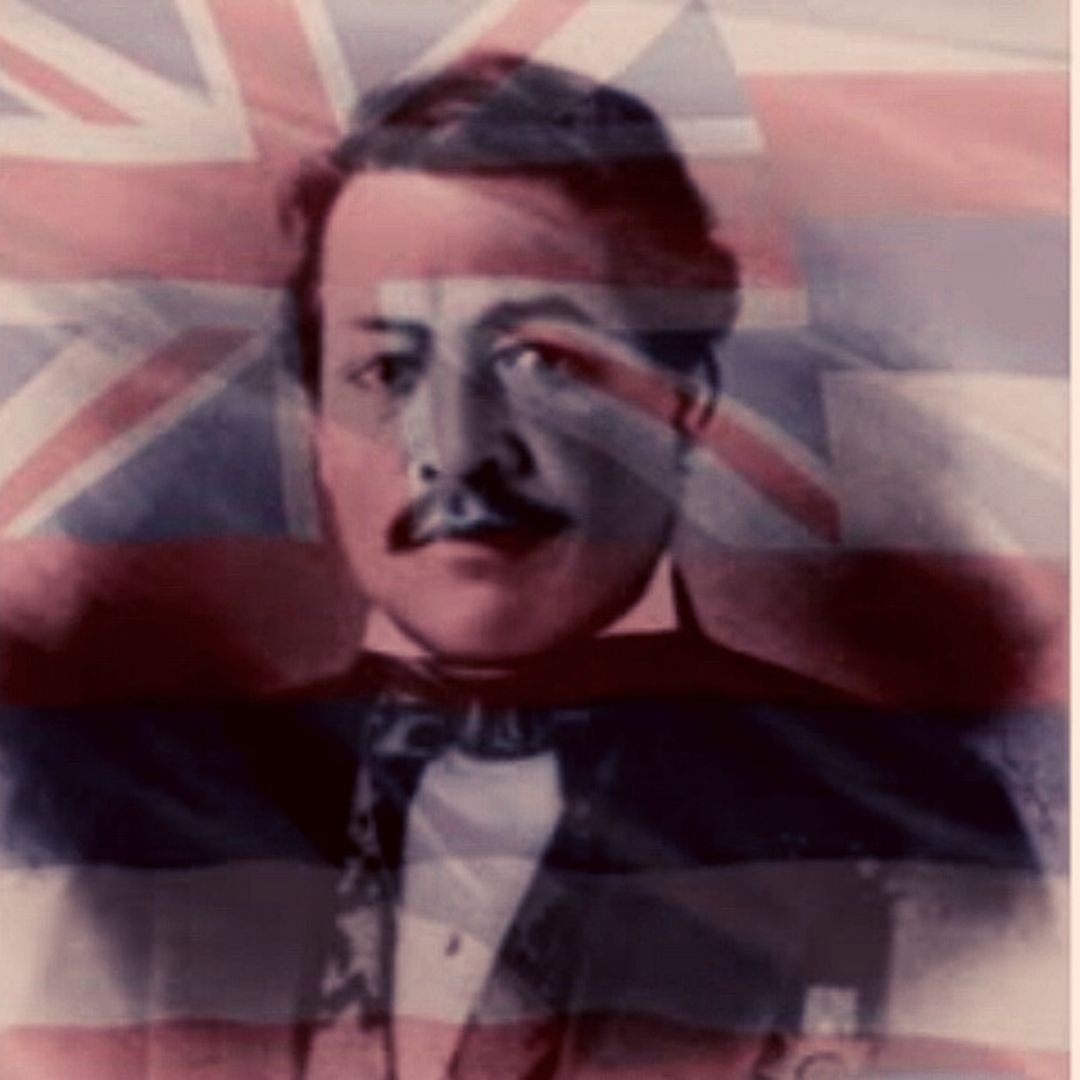
Part II. Hawaiʻi Ancient Custom Rule.
*Be sure to sign Our Kūleana form at the bottom

1. Ancient Custom is the “Law of the land.”
In 1810, the ancient custom (usage, practice, tradition and principle) was the law of the land under Moʻi reign of Kamehameha I. and continued under the reign of his two sons Kamehameha II. & Kamehameha III. The following are some of the powerful ancient custom (usage, practice, tradition and principle) laws of the Hawaiʻi kingdom.
1. Hawaiʻi is a kingdom.
2. Hawaiʻi is ruled by an Aliʻi akua (Divine/Heavenly One) “Moʻi”.
3. The Mo’i is the undisputed sole owner of all the land (“kuleana”) in his kingdom.
4. The Moʻi own the god given power to execute the ancient custom usage called Kalaiʻaina.
5. No one owned any kuleana in the kingdom, except the Moʻi.
6. All kuleana given from the Moi to the landholders came with the condition they owe and pay the land in fee services (military and labor), tribute (taxes), duty (loyalty) and incidents (forfeiture and reversion) to the Moʻi.
7. There are many more…

2. King Kamehameha II. “Moʻi Liholiho” reign under the ancient customs while honoring and maintaining his fatherʻs Kalaiʻaina.
In 1819, Moʻi Kamehmeha I. passed and his son Liholiho, Mo’I Kamehmeha II. ascended to the throne. Before he passed, his father appointed his Queen Kaahumanu to serve as Kuhina nui (chief councellor) to his son Aliʻi akua Moʻi Liholiho. The execution of the ancient custom usage Kalaiʻaina was discussed and since there were many Aliʻi – who had received land from his father Kamehameha I. Kalaiʻaina – Moʻi Liholiho decided to honor and maintain his fatherʻs Kalaiʻaina. Moʻi Liholiho reign lasted only five years 1819 to 1824.


3. King Kamehameha III. “Moʻi Kauikeaouli”reign under ancient customs and also maintain his fatherʻs Kalaiʻaina.
In 1824, Moʻi Liholiho decided to travel to England for diplomatic relations. Before he departed, the Moʻi appointed his younger brother Kauikeaouli as his heir apparent. Upon arrival in England, the Moʻi and his entourage were struck with a deadly virus. Moʻi Liholiho, his wife and others died soon after. Due to the sudden passing of his brother, Kauikeaouli became the Aliʻi akua “Moʻi” at the young age of 11 years old. As a minor, Kuhina nui Kaahumanu became his guardian. The issue of conducting the ancient custom usage Kalaiʻaina arose once again. Like his brother Liholiho, Moʻi Kauikeaouli also decided to honor and maintain his father Kamehameha I. Kalaiʻaina. Moʻi Kauikeaouli was well aware of the power of the ancient custom Kalaiʻaina and knew that one day he would execute that power.
After years of discussion Moʻi Kauikeaouli declared in early December of 1847, that: “although he was a Konohiki [to the gods] of the lands [in his kingdom] and the other konohiki were only Holders of lands under him,” he decided to prepare to conduct his god given power to execute his Kalaiʻaina.” The Aliʻi nui agreed, but, they insisted on keeping the lands they possessed and argued not to pay the one-third commutation to the government because, the Aliʻi nui in council complained, that, “if the Moʻi executed his Kalaiʻaina he was the government” (Lili) concurring to the fact of the 1840 constitution law: “The kingdom is his.” Also, in accordance to the “Moʻi laws” of the kingdom “all government lands could not be sold, but only leased.” So, the alleged theory that government lands could be sold is another abomination to the Moʻi laws of the kingdom.
4. 1848 Kalaiʻaina. Moʻi Kauikeaouli Execute His Kalaiʻaina.
Moʻi Kauikeaouli also declared to all the landholders (Aliʻi nui, aliʻi liʻliʻi, konohiki, and favorites) that he would ʻonly take [carve out] a part [of the land they held] and leave them a part.ʻ So, each landholder was required to return (Hoʻihoi) all the land(s) they held before the Moʻi conducted his Kalaiʻaina. The following equation was applied: “If the landholder “had 4 lands the Moʻi would take 3; if 3 lands, 2; and if 2 lands, 1; [and if 1 land, 1/2.”] Facing spears.
On December 21, 1847, Jonah “Iona” Piʻikoʻi was chosen as the Kalaimoku (the divider of the land) by Moʻi Kauikeaouli. Piʻikoi first divided aina “land” between the Moʻi and his konohiki. “This was a gift of land to his konohiki – who only held land in trust for the Moʻi.” Piʻikoʻi second Kalaiʻaina division of land between the Moʻi and the high Aliʻi nui, the lessor aliʻi, other konohiki and favorites. This Kalaiʻaina was also a gift of land that they all held in trust for the Moʻi. This part of his Kalaiʻaina began January 27 and ended on March 7, 1848. All these landholders came forward to acknowledge and confirm the Moʻi Kauikeaouli Kalaiʻaina by signing their names to a formal document.
On March 8, 1848 Moʻi Kauikeaouli continued his Kalaiʻaina and divided his lands for his government. This part of the Kalaiʻaina was an exception, because the ancient Kalaiʻaina did not conduct the carving out of land for the government. This was due to the fact that the Moʻi is the government and the undisputable owner of all the lands. It is interesting to note that the gifting of land to the government was allegedly designed to create and establish a separate entity in the kingdom. Instead, these lands were set aside for the sole purpose to produce revenue for the Moʻi government. The following quote clearly describes the understanding of the value of land.
“The Hawaiian rulers have learned by experience, that regard must be had to the immutable law of property, in things real, as lands, and in things personal, as chattels; that the well being of their country must essentially depend upon the proper development of their internal resources, of which land is the principal….”
Regarding the Kalaiʻaina for the Makaʻainana (commoner) and foreign alien (landholders) they had to report to the Land Board of Commissioners – whose sole responsibility was to investigate, ascertain and record each claim – to quiet title each land presented. These “land holders in fee” were issued a land commission award – that required the completion of certain conditions – before they could receive a title from the Moʻi and his minister of interior. This same process was also applied to the landholders (Aliʻi nui, liʻiliʻi, konohiki and favorites) who received land directly (immediate) from the Moʻi. This process began in 1846 and continued years later. Also, research revealed that the word award is not a term used or applied in the field of real estate.
Summary:
In 1848, Moʻi Kauikeaouli consolidated and confirmed his absolute and undisputed sole ownership to all the land in his kingdom, after he successfully executed the ancient custom usage called Kalaiʻaina.